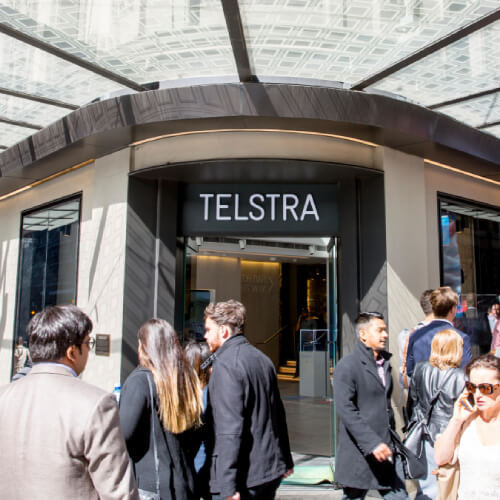Telstra has struck a network-sharing deal with TPG Telecom worth as much as A$1.8 billion (US$1.3 billion) in revenue over ten years.

Telstra has struck a network sharing deal with TPG Telecom worth as much as A$1.8 billion (US$1.3 billion) in revenue over ten years.
The agreement provides TPG, Australia's third-largest mobile player, with access to Telstra's network in regional and fringe urban areas.
It will allow Telstra to deploy on TPG's 700MHz, 1800MHz and 3.6GHz band spectrum in the coverage area. Telstra will also be able to access 169 existing TPG Telecom sites.
Figure 1:  Complementary access: The deal means TPG, Australia's third-largest mobile player, can connect to Telstra's network in regional and fringe urban areas.
Complementary access: The deal means TPG, Australia's third-largest mobile player, can connect to Telstra's network in regional and fringe urban areas.
(Source: Sammy/Alamy Stock Photo)
Telstra CEO Andrew Penn said the deal exemplified Telstra's strategy of maximizing the utilization and monetization of its assets. "In particular, the spectrum agreement will ensure that regional and rural customers will now experience faster speeds in more locations on their mobiles," he said.
He added that Telstra would retain its network leadership because of its "one million square kilometer competitive advantage in mobile coverage where no other operators have invested."
Open relationship
Under the arrangement Telstra will share its RAN for 4G and 5G services in the agreed areas, with both carriers continuing to operate their own core networks.
It is expected to bring A$1.6 billion to A$1.8 billion revenue to Telstra's wholesale business over the ten-year period.
TPG Telecom will gain access to around 3,700 of Telstra's mobile basestations – a big leap from its current 750 sites, enabling it to lift 4G coverage from around 96% to 98.8% of the population.
Although this is a small increment in population terms, it represents a significant geographic expansion, allowing TPG to provide contiguous coverage over a much greater area. It also takes it past number two telco Optus on coverage.
"Compared with TPG Telecom's current arrangements, there will be no material increase in total network costs, while the 98.8% population coverage will be achieved at a significantly lower cost than building an equivalent network," the company said in a statement to the ASX.
It said the agreement provided opportunities for customer growth in regional areas while avoiding future capex and operating costs.
TPG will decommission around 725 mobile sites in the coverage area at a cost of A$50 million. It would also incur costs of up to A$50 million infrastructure write-downs and "recognition of onerous lease related charges" of up to A$150 million.
The agreement includes the option for TPG Telecom to request two further contract extensions of five years each.
Last hurdle
The two parties aim to begin the arrangement by year-end but they will need the approval of the Australian Competition and Consumer Commission (ACCC).
Outgoing Commission Chairman Rod Sims is a critic of the level of mobile competition and in 2019 tried to block the merger of TPG and Vodafone Hutchison Australia (see Australian court clears way for $10B Vodafone-TPG merger).
Want to know more? Sign up to get our dedicated newsletters direct to your inbox
But Telstra's Penn cites in support of the deal an earlier decision in which the regulator declined to mandate cross-network roaming on grounds that it would hinder the emergence of network sharing.
TPG Telecom's stock closed 3.1% higher and Telstra shares rose 1.5% in Monday ASX trading.
Related posts:
— Robert Clark, contributing editor, special to Light Reading
Read more about:
AsiaAbout the Author(s)
You May Also Like











